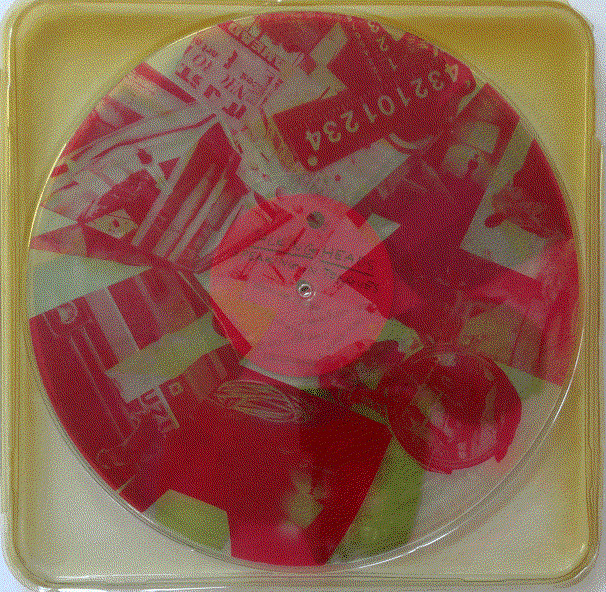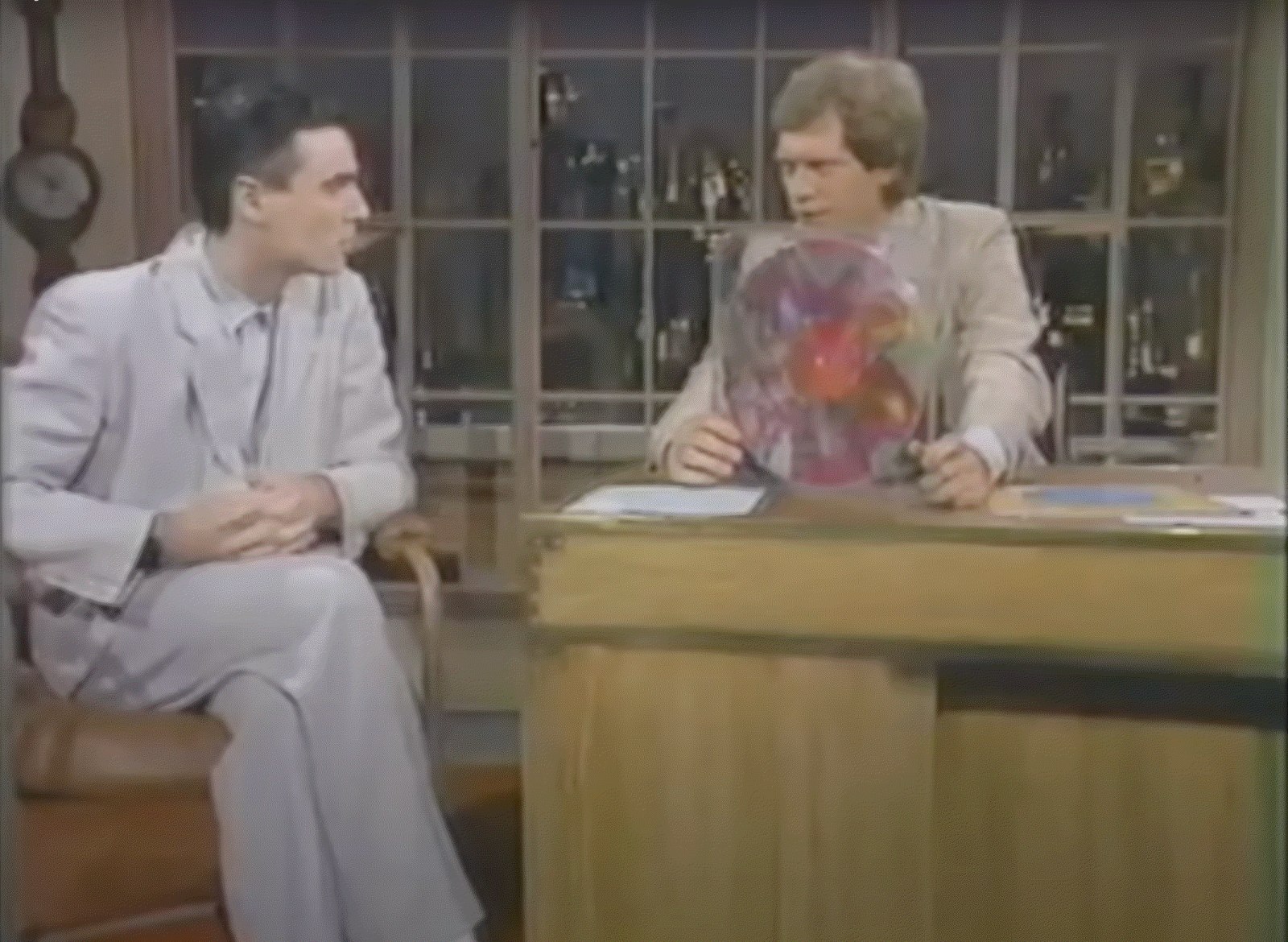When Robert Rauschenberg died at his home in Captiva Island in 2008, at age 82, he was remembered as someone who changed the way art was viewed, and created, in the 20th century.
Singer/songwriter David Byrne wrote, in an op-ed piece in The New York Times saying, “Being around Bob was often like being on some kind of ecstatic drug he inspired those around him to not only think outside of the box, but to question the box’s very existence.”
Byrne asked Rauschenberg to design a cover for The Talking Heads album Speaking in Tongues. Rauschenberg agreed. It took three years for the cover to be designed and fabricated.
For the cover, Rauschenberg created a layered, transparent plastic collage of magenta, cyan and yellow, each layer a separate color. The LP had to be rotated to get the effect of all colors. It took months to find a business that could put a clear packaging finish on the LP. The clear cover was finally made by the Oscar Meyer hot dog packaging company.
The Rauschenberg cover was sold in a limited-edition run. Byrne painted an alternate cover for the rest of the albums. In 1984, Rauschenberg’s design won a Grammy for ‘Best Album Package’.
Robert Rauschenberg was known for his generosity and good works, which have been kept alive through The Robert Rauschenberg Foundation. Besides advocating for fair royalties for artists, he created a foundation called Change Inc., that awards grants to emerging artists who can’t pay their rent, utility or medical bills.
When he moved to Captiva Island in 1970, he purchased property adjacent to his and allowed elderly neighbors to continue to live in their homes, rent free, even maintaining the homes for them.
While growing up in Port Arthur, Texas, his family lived very frugally. His mother made the family’s clothing, often from scraps. When Rauschenberg graduated from high school he asked for a store-bought shirt … his first. Using found materials, not wasting a thing, influenced much of his oeuvre. On Captiva he used cardboard and sand for many of his works.
Byrne visited him in Captiva and wrote fondly of Rauschenberg’s use of found objects: “One summer I went down to Captiva Island, Fla., where Bob had his main studio. I stayed across the road in one of the houses he had “saved,” and I spent a week or so writing a few songs. When I returned to New York, I left behind a pair of worn-out tennis shoes. A ghostly image of them showed up in a painting not long after.”
Robert Rauschenberg was not just a painter and sculptor, he was also a talented printmaker, honing his craft at Universal Limited Art Editions on Long Island and with the Gemini G.E.L. workshop in Los Angeles.
His paintings on clay are being shown in a solo show in Paris this summer and at a group exhibit in London.
References:
Elle Palmer. How Robert Rauschenberg inspired the Talking Heads. Far Out. May 28, 2023.
How Robert Rauschenberg Met Talking Heads, and Ended Up Designing the “Speaking in Tongues Album Cover. RecordMecca. February 16, 2017.
David Byrne. Bob the Builder. The New York Times/Opinion. May 16, 2008.



